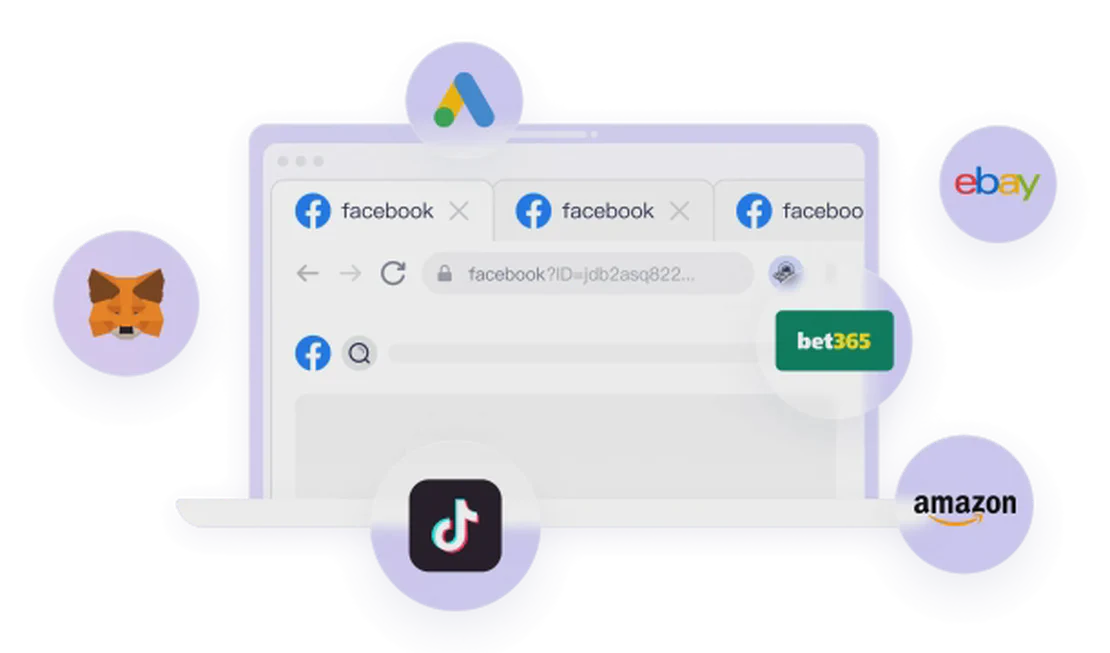You diligently clear your cookies, use private browsing mode, and think you’re in control of your digital footprint. But what if there’s a tracking method you can’t delete?
Welcome to the world of browser fingerprinting, a persistent technology that makes cookies look tame in comparison.
From Cookies to Fingerprints: The Evolution of Tracking
For years, cookies were the primary tool for online tracking. A website places a small text file in your browser to remember you, which is useful for staying logged in. However, ad networks and social media platforms repurposed this technology. By placing their code (like the Facebook Pixel) on millions of websites, they could follow you across the internet, building a detailed profile of your interests based on the sites you visit.
The key weakness of cookies? You can delete them. A quick trip to your browser settings or a new private session, and to the trackers, you become a “new” person. This user control forced tracking companies to find a more permanent solution.
What is Browser Fingerprinting?
Browser fingerprinting is a technique used by websites to create a unique, stable identifier for your device without relying on cookies. It works by collecting a wide range of data points that your browser willingly shares to ensure websites render correctly.
These data points individually might not be unique. Millions of people use Windows 11 and Google Chrome. But when combined, they form a highly specific “fingerprint.” These parameters include:
- System Information: Operating system, browser version (User-Agent).
- Hardware Specs: CPU core count, RAM, and even your graphics card model.
- Screen & Display: Screen resolution, color depth.
- Browser Configuration: Installed plugins, list of installed fonts.
- Advanced Techniques:
- Canvas Fingerprinting: Renders a hidden graphic or text in your browser. Subtle differences in how your specific hardware and software process this image create a unique hash.
- WebGL Fingerprinting: Similar to canvas, but uses your graphics card to render 3D images, revealing unique hardware signatures.
The result? A unique digital signature that identifies you with startling accuracy. Even among hundreds of thousands of users, your fingerprint can be one-of-a-kind. Unlike a cookie, you can’t simply “delete” your graphics card or the way your CPU renders an image.
The Solution: Taking Control with FlashID
So, how do you protect yourself from this invisible tracking? The solution is not to stop browsing, but to manage your digital identity proactively. This is where anti-detect browsers like FlashID come in.
FlashID is a powerful tool designed to counter browser fingerprinting. Instead of trying to block data requests (which can break websites or even make you stand out more), FlashID works by creating multiple, isolated virtual browser environments.
Here’s how it protects you:
- Unique & Natural Fingerprints: Each profile you create in FlashID has its own unique and consistent browser fingerprint. It doesn’t block data; it provides realistic, but spoofed, data for every parameter (OS, browser, WebGL, canvas, etc.). To any website, each profile looks like a genuine, distinct user from a different device.
- Complete Isolation: Cookies, cache, and local storage are completely separated between profiles. This means your activity in one profile has zero connection to another, preventing cross-contamination and tracking.
- Regain Anonymity: By using FlashID, you break the chain of persistent tracking. Websites can no longer build a long-term profile on you because your fingerprint is no longer a fixed, unchangeable attribute. You decide which digital identity you present at any given time.
FlashID vs. Native Browser Solutions
While major browsers are slowly attempting to mitigate fingerprinting, their approaches have limitations:
- Chrome Incognito Mode: This mode primarily addresses local data. It prevents cookies and browsing history from being saved on your device after the session ends. Crucially, it does nothing to prevent browser fingerprinting. Your unique device characteristics are still fully exposed to websites you visit. Incognito mode only offers minimal privacy protection against local users of your computer, not against online trackers.
- Brave Browser: Brave has made commendable efforts in privacy, including some built-in fingerprinting protections. Their approach often involves slightly randomizing a small subset of fingerprinting parameters (e.g., small shifts in Canvas or WebGL data) or presenting generic values. While this makes it harder for simple fingerprinting attempts, it’s not foolproof. Websites can often detect that you’re using Brave (which in itself can be a unique identifier due to Brave’s smaller user base), and more sophisticated fingerprinting scripts can still identify you. Furthermore, Brave’s protection is for a single user; it does not offer the isolated environments needed for managing multiple distinct digital identities.
FlashID, in contrast, is built from the ground up for comprehensive fingerprint management and multi-account operation. It doesn’t just “fuzz” a few parameters; it allows you to create fully isolated, distinct browser profiles, each with its own unique and consistent fingerprint that mimics a real, different device. This level of control is essential for privacy-conscious users, digital marketers, or anyone needing to manage multiple online personas without linking them.
Don’t let your digital identity be defined by trackers. Take control today and browse with confidence.
You May Also Like
